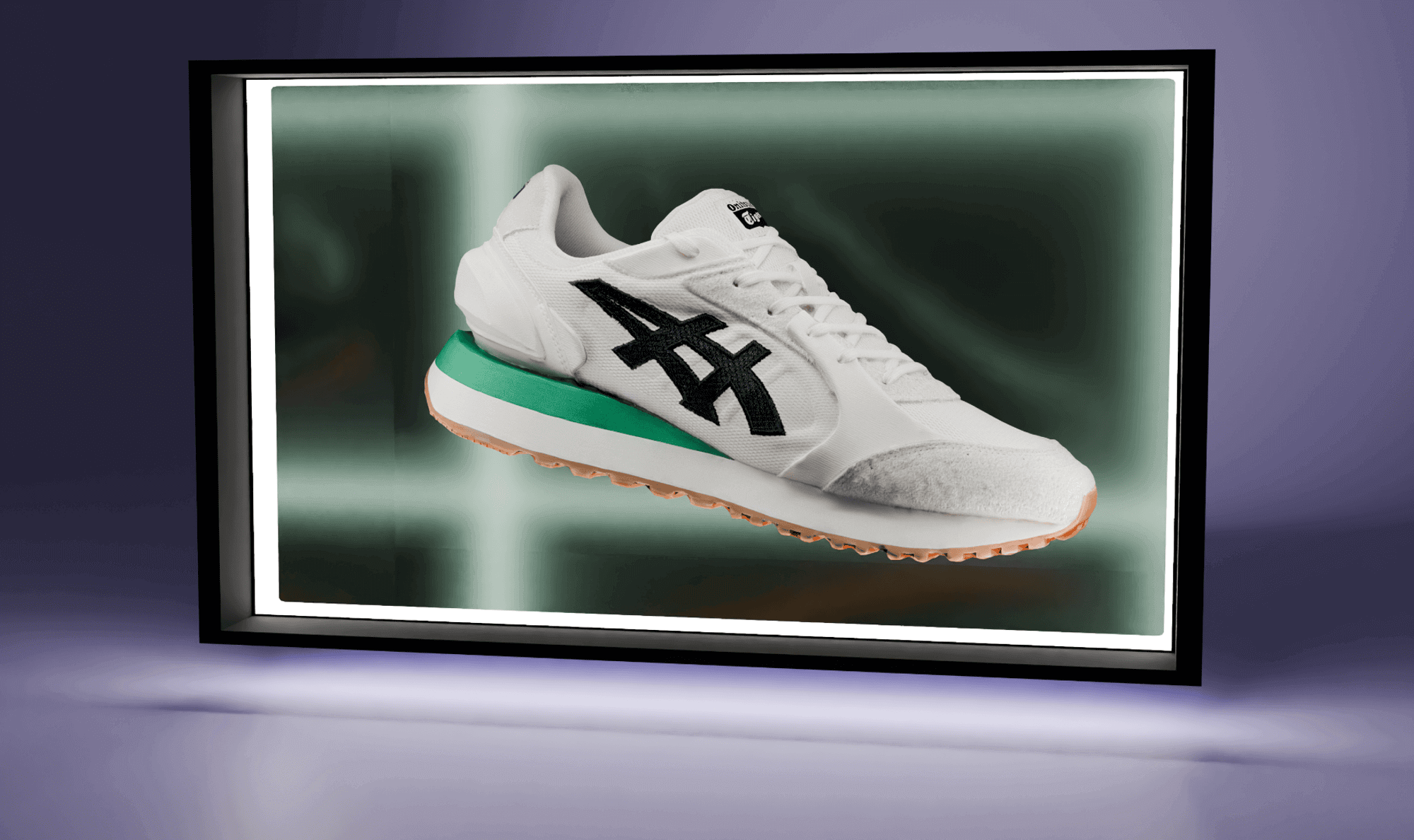Project Outcomes
The project concluded with outstanding results, delivering high-quality 3D models that transformed the client's online shopping experience.

Nearly 80% of product page visitors chose to explore the product via 3D views

35% reduction in product return rates after the implementation of 3D views

20% higher conversions gained with interactive 3D shoe models

44% repeat purchases were noted after 3D model integration into product pages

An extensive library of 3D models of shoes that can be used for photorealistic product renders using 3D software.
As a result, this asset library can be used to create images for sales & different events.
The photorealistic render process eliminates the need for product photoshoots. The products are placed in sets built in 3D software. You can see an example of this workflow in the picture below.